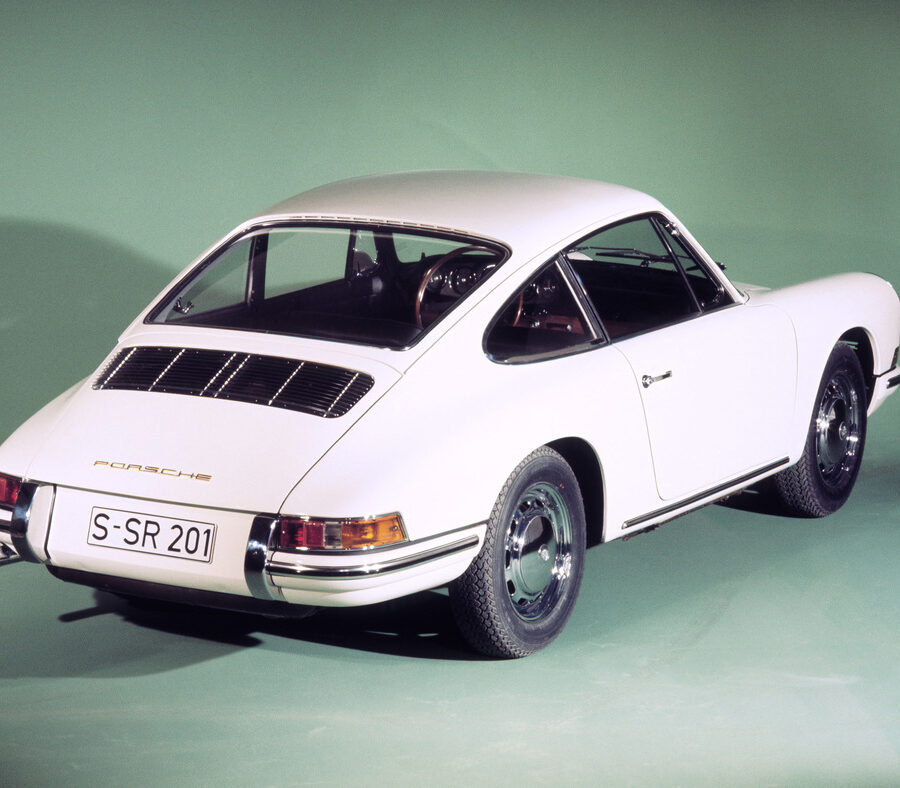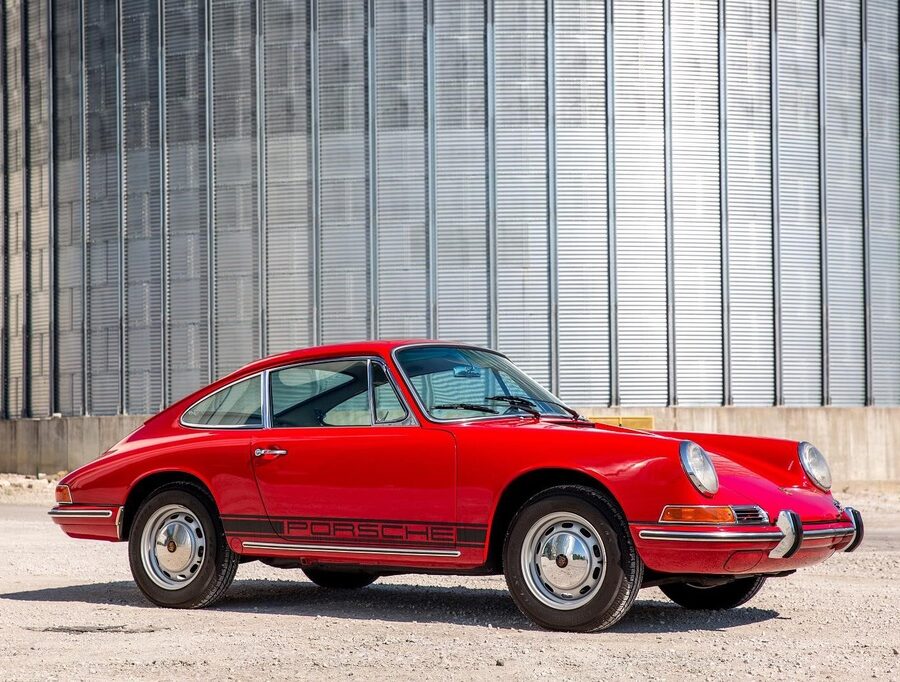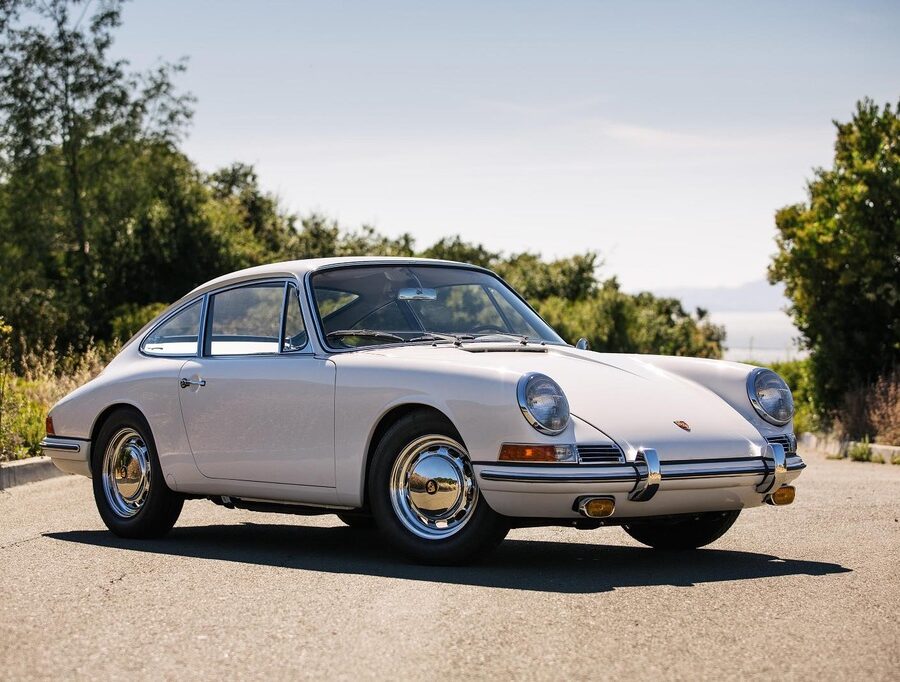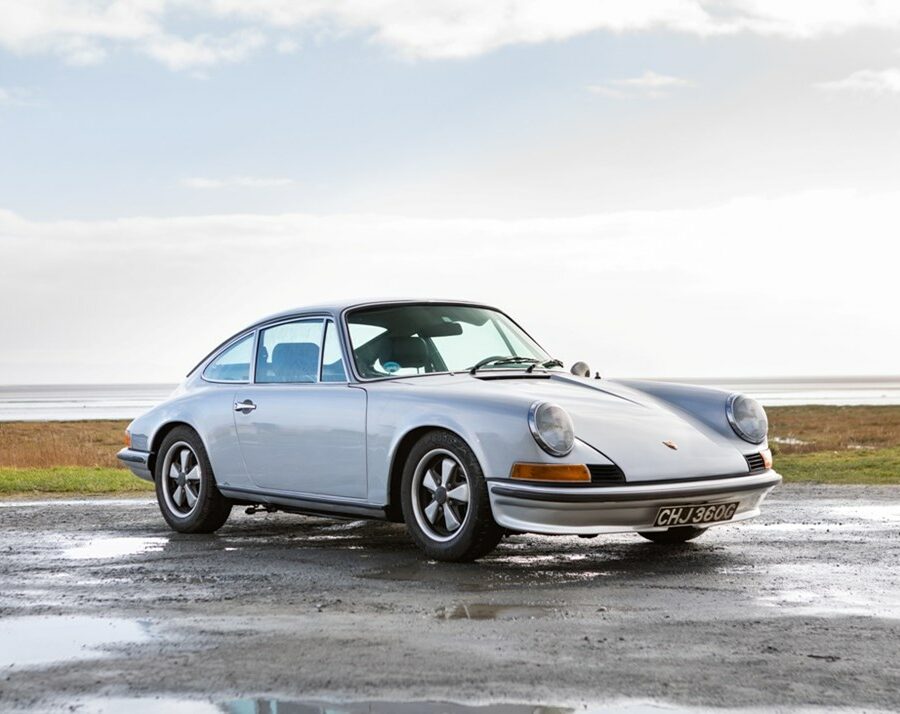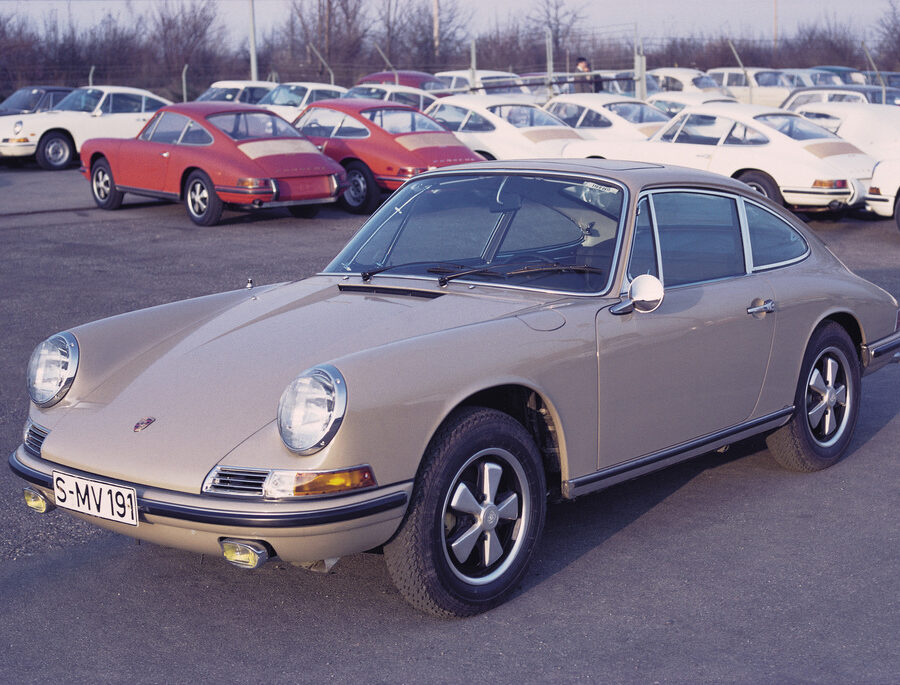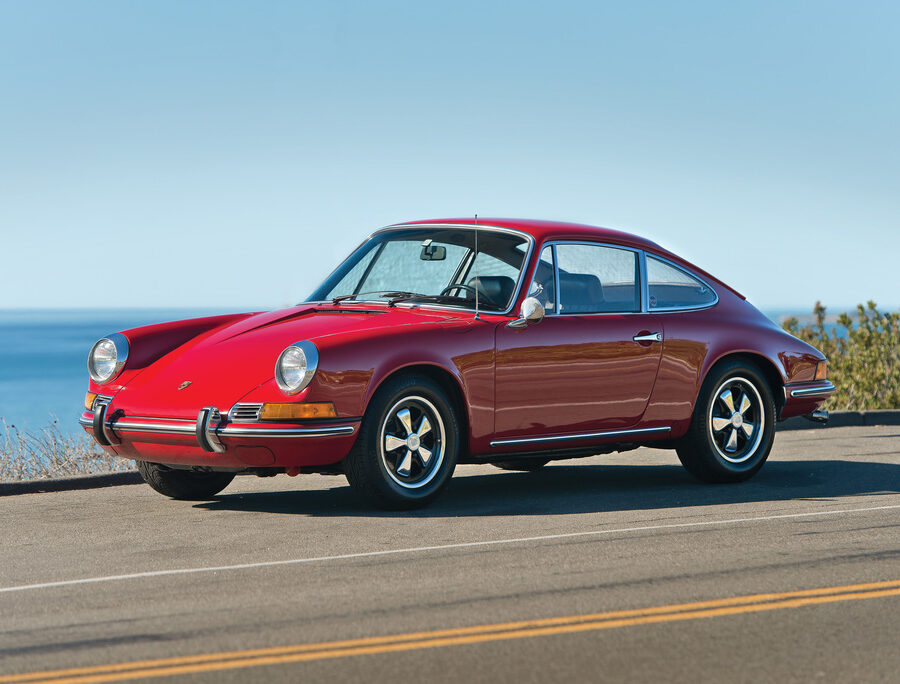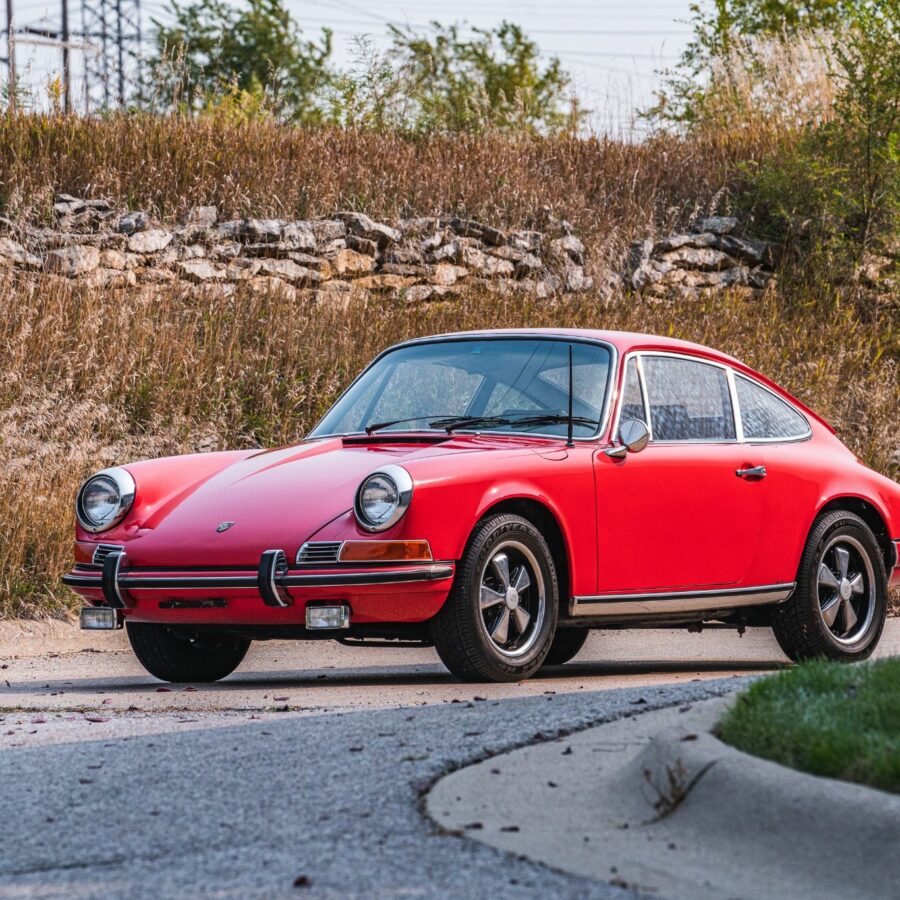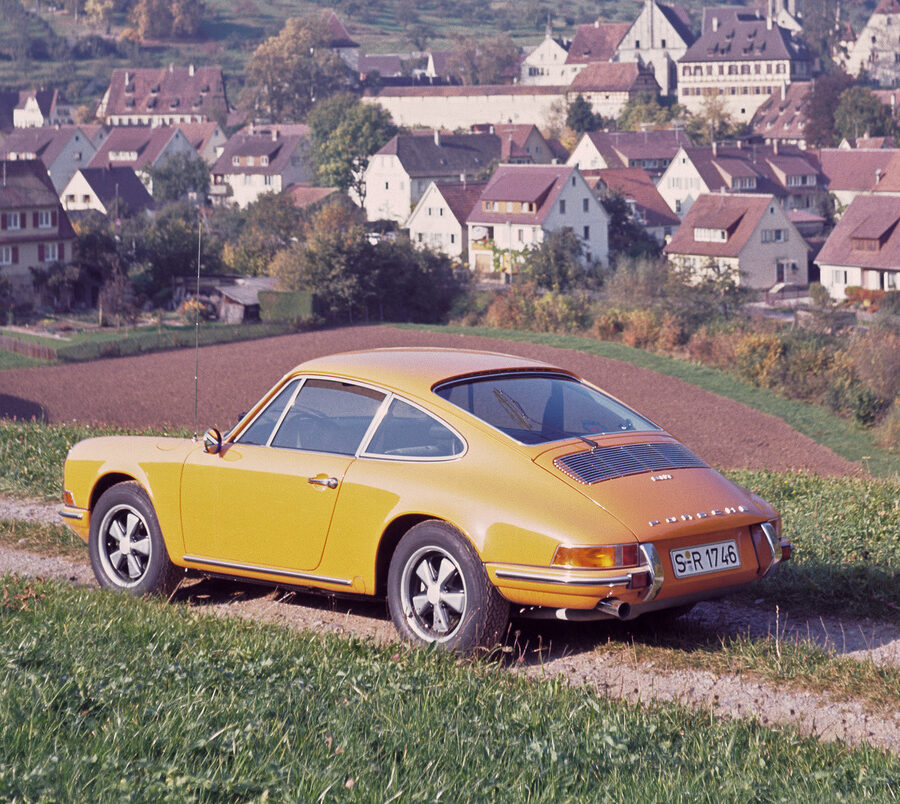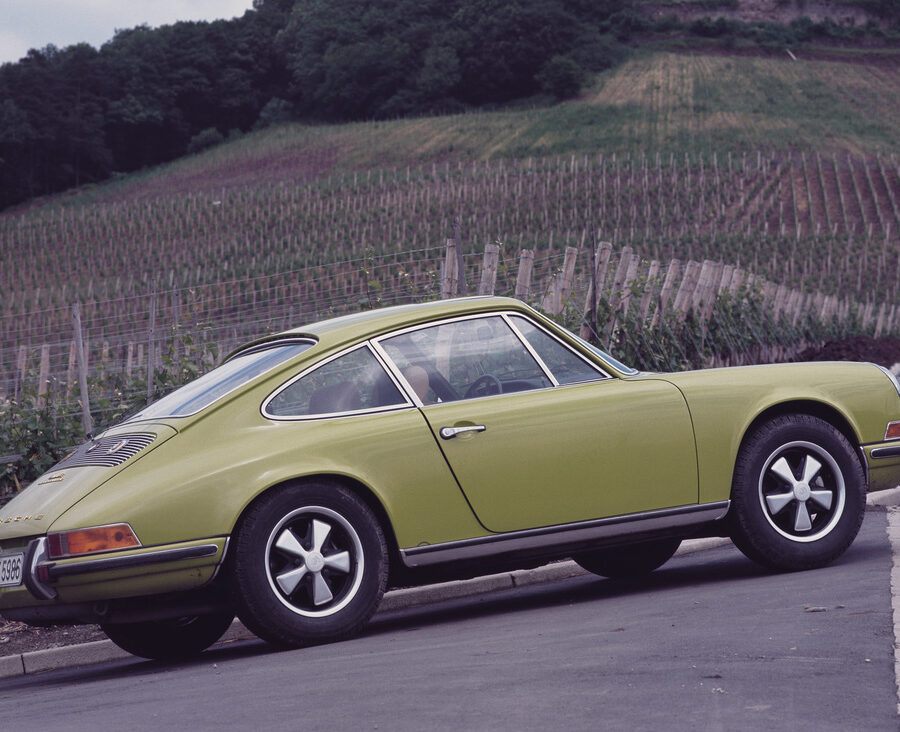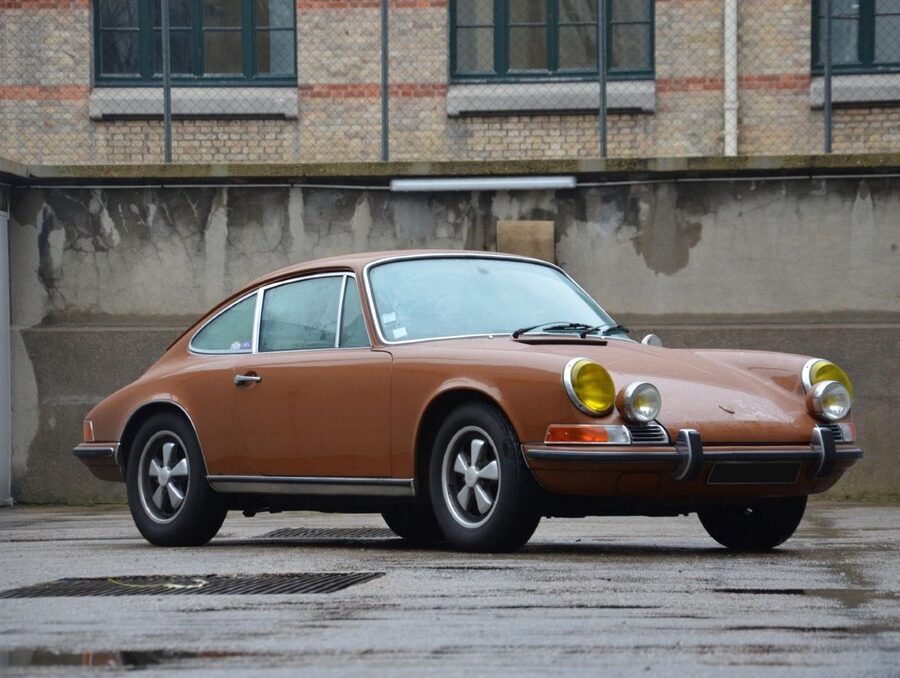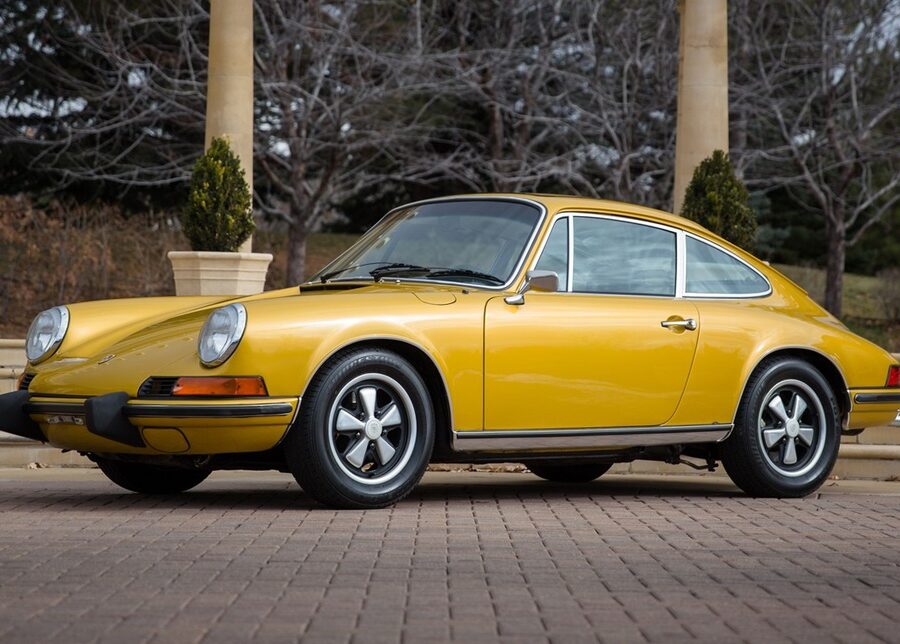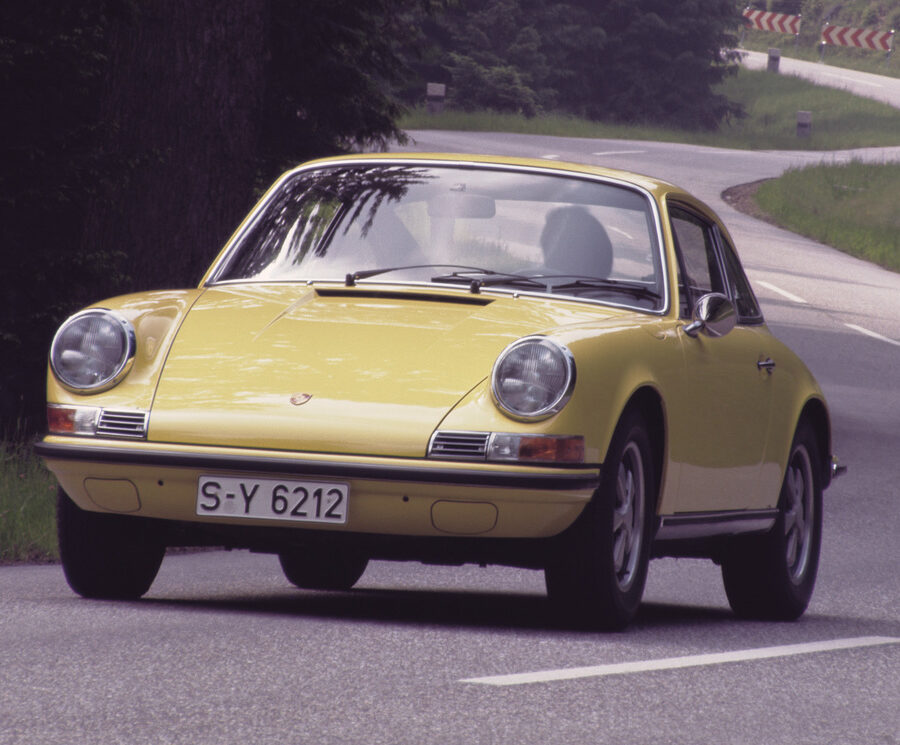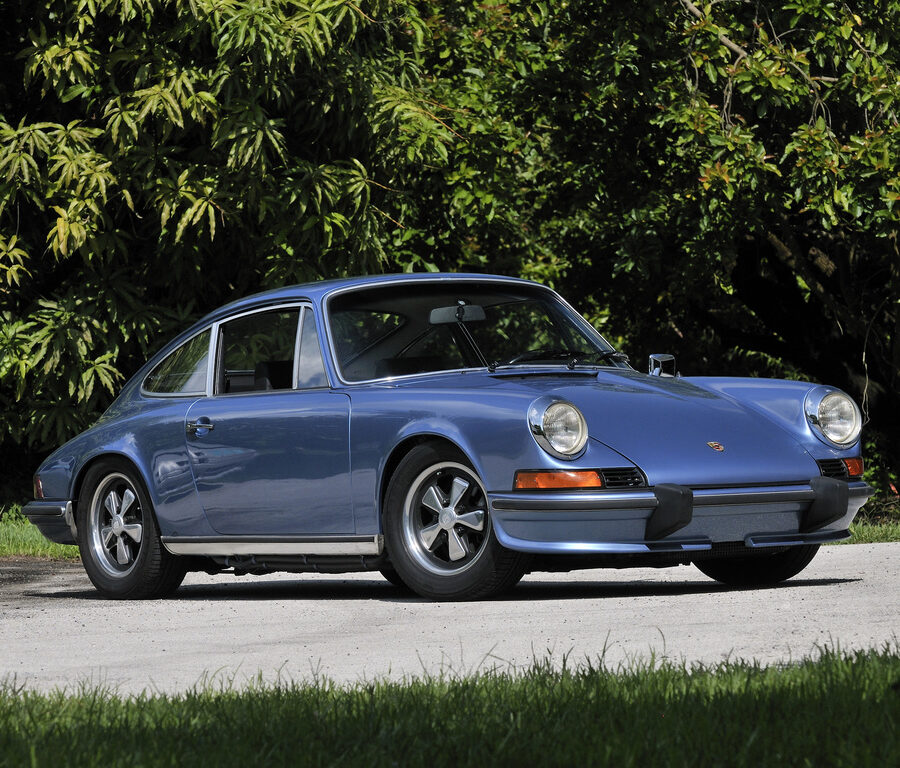Porsche 912 (1965 – 1969)
The Type 912 combined a 911 chassis / bodyshell with a four-cylinder engine
Porsche 911 2.0 (1965 – 1968)
The original Porsche 911. Developed as a replacement for the highly successful Porsche Model 356.
Porsche 911 S 2.0 (1967 – 1969)
Introduced as a more powerful variant of the Base 911. The top of the range 911.
Porsche 911 L 2.0 (1968)
Emissions regulations meant no 911S for the U.S market. So Porsche shipped a 911S with a base 911 drivetrain and called it the 911L.
Porsche 911 T 2.0 (1968 – 1969)
Porsche replaced their 912 with the 911 T. Less expensive, less powerful and less stuff than the standard 911 L
Porsche 911 E 2.0 (1969)
Introduced in 1969 as the midrange model for the 911, sitting between the 1969 911 T and 1969 911 S
Porsche 911 T 2.2 (1970 – 1971)
The Porsche 911T continued as the entry level 911 for the 1970 and 1971 model years
Porsche 911 E 2.2 (1970 – 1971)
The Porsche 911E continued its place as the mid-range option in the 911 lineup for 1970 - 1971
Porsche 911 S 2.2 (1970 – 1971)
Along with all the C-series improvements, the 1970 911 S got an upgraded 180 bhp version flat-6
Porsche 911 T 2.4 (1972 – 1973)
911 T was the entry level option in the 911 lineup that featured a 130 bhp engine and steel disc wheels.
Porsche 911 E 2.4 (1972 – 1973)
911E was the mid-range option in the E-series and F-series 911s. It benefited from the larger 2.4 engine
Porsche 911 S 2.4 (1972 – 1973)
The final early 911S benefitted from Porsche's 2.4-liter engine the the long-wheel-base body


